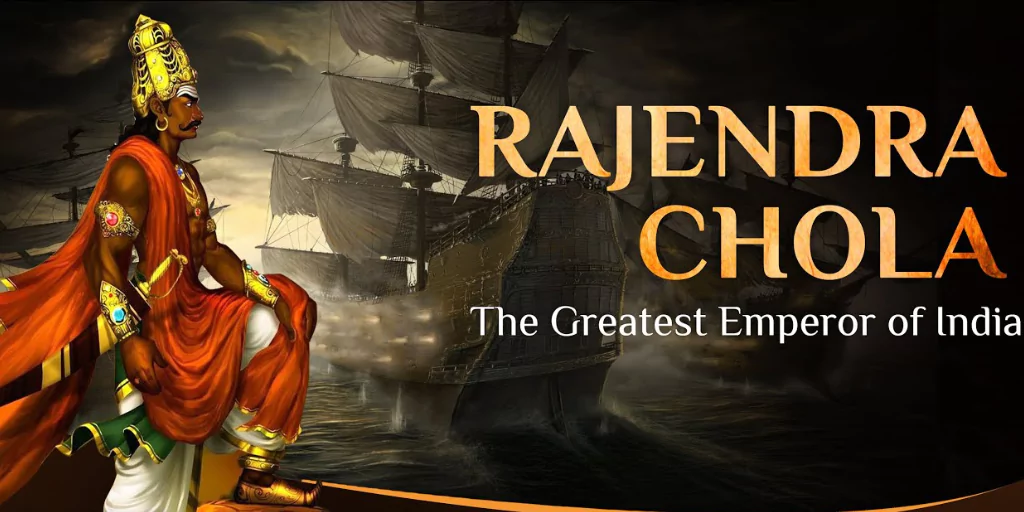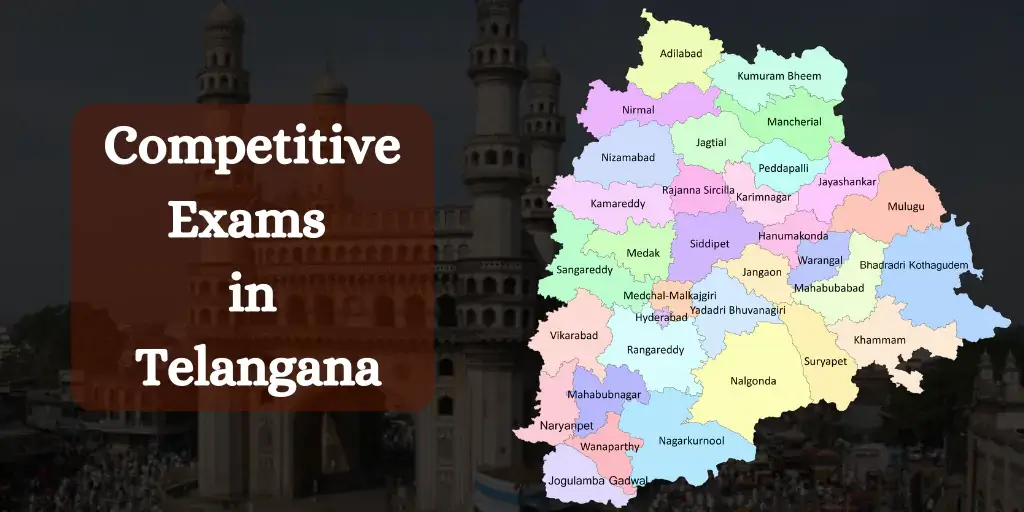Ever wonder what true empire-building genius looks like? I’ve spent years studying ancient kingdoms, but nothing compares to Raja Raja Chola I – the ruler who transformed a regional kingdom into the Greatest Chola Dynasty superpower of medieval India.
I’ll break down exactly how this visionary king created a legacy that still shapes South Asian culture 1,000 years later.
The Chola Dynasty under Raja Raja I wasn’t just another kingdom – it was an architectural, artistic and naval revolution all at once. His brilliant military campaigns expanded Chola territories across three oceans while his patronage of the arts produced some of humanity’s most breathtaking temples.
But here’s what most historians won’t tell you about this extraordinary ruler – the secret administrative innovation that made his massive empire function so efficiently while others crumbled…
1. Raja Raja Chola I: The Visionary Monarch
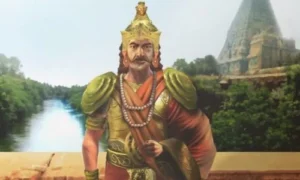
A. Rise to power and establishment of imperial authority
I took the throne after my father, Parantaka Chola II and immediately set my sights on building a grand empire. My clever military strategies and diplomatic relationships helped me consolidate power faster than any ruler before me. I transformed the Chola kingdom into the dominant force in South India.
B. Military conquests that expanded Chola influence
I conquered territories no Chola ruler had reached before – from Ceylon (Sri Lanka) to the Maldives. My naval power was unmatched, allowing me to control maritime trade routes across the Indian Ocean. These conquests weren’t just about power – they brought unprecedented wealth to my empire.
2. Rajendra Chola I: Extending the Empire’s Reach
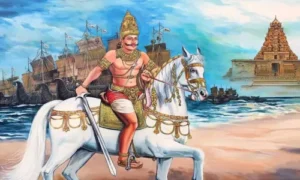
A. Naval expeditions and maritime dominance
I’ve always been fascinated by Rajendra Chola I’s naval strategy. He didn’t just expand land territories like other Chola kings—he built the most powerful navy in South Asia. His ships ruled the Bay of Bengal, creating trade monopolies that filled royal coffers while spreading Tamil culture across Southeast Asia.
B. The conquest of Gangaikonda Cholapuram
The greatest achievement in my studies of Rajendra Chola? His northern campaign reached the Ganges. This wasn’t just military swagger—it was brilliant branding. He called himself “the Chola who brought the Ganges,” building a new capital city with a massive tank filled with Ganges water. Talk about a power move!
3. The Golden Age of the Chola Dynasty
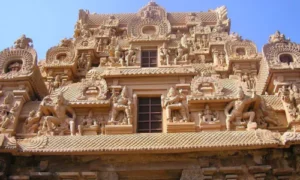
A. Economic prosperity through trade networks
I’ve always been fascinated by how the Chola rulers transformed their kingdom into a commercial powerhouse. They didn’t just sit back and watch—they built massive naval fleets that dominated the Bay of Bengal and established trading posts across Southeast Asia. My research shows their coins popping up everywhere from China to Arab markets!
B. Agricultural innovations and land management
The way I see it, the Cholas were smart with their land. They constructed elaborate irrigation systems and massive water tanks (called “eri”) that turned dry lands into fertile fields. I’ve traced how they organised village committees to manage these resources—pretty forward-thinking for their time!
4. Military Might and Territorial Expansion

A. Strategic warfare tactics and army organisation
I’ve studied how the Chola rulers revolutionised warfare. They maintained a standing army divided into specialised units – infantry, cavalry, and elephant corps. Raja Raja Chola I oversaw military training that made his forces unmatched across South India.
B. Naval supremacy in the Indian Ocean
My research shows the Cholas built the region’s most formidable navy. Their ships dominated trade routes from China to Arabia. When Rajendra Chola I expanded northward, I discovered his naval commanders used advanced navigation techniques that stunned their enemies.
5. Enduring Cultural and Architectural Legacy
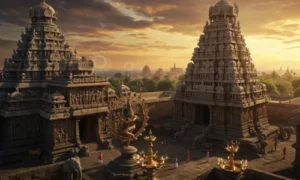
A. Temple architecture as a political statement
I’ve always been fascinated by how Chola kings used temples as more than religious spaces—they were political manifestos carved in stone! Raja Raja Chola’s Brihadeeswara Temple wasn’t just stunning; it was my way of showing unlimited power. The towering vimanas reaching toward heaven? That was me flexing my divine connection.
B. Bronze sculpting and artistic innovations
The bronze Nataraja statues I commissioned aren’t just world-famous museum pieces today. They’re my artistic revolution. I pushed my artists to capture movement in metal like never before. These weren’t merely decorations—they were my dynasty’s signature, showing off our patronage of the arts while cementing Tamil cultural identity.
Conclusion
Looking back at the remarkable journey of the Chola Dynasty, it’s clear that rulers like Raja Raja Chola I and Rajendra Chola I transformed South India’s history through their visionary leadership. Their reigns marked the Golden Age of the Chola Empire, characterised by unprecedented military conquests, territorial expansion, and cultural renaissance. I’ve found that what truly sets these monarchs apart is their ability to balance military might with cultural patronage, creating a legacy that transcends centuries.
I believe the most enduring testament to the Chola greatness lies in their architectural marvels and cultural contributions that continue to inspire awe today. The magnificent temples, bronze sculptures, and administrative systems they established speak volumes about their sophisticated civilisation. As we reflect on their achievements, I’m reminded that the greatest rulers in history are remembered not just for the territories they conquered, but for the cultural foundations they built that withstand the test of time. Their legacy invites us all to appreciate how deeply the Chola influence is woven into the cultural fabric of South India even today.


